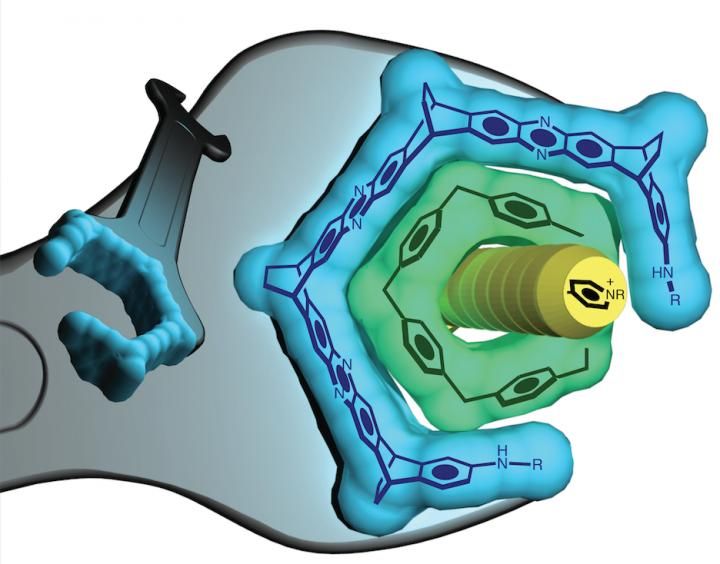Does the activity of chromium in "slimming agents" stem from the formation of cancer-causing substances?
Advertisement
It is a widespread but disputed doctrine that the trivalent form of chromium is an essential trace element playing an important role in glucose and fat metabolism. What is certain is that chromium in its penta- and hexavalent forms is toxic, carcinogenic, and causes genetic mutations. Are the popular "slimming agents" and muscle-building dietary supplements based on chromium(III) compounds harmless, or not? While there is yet to be a definitive answer to this question, recent results on the in vitro reactions of the dietary supplements with enzymes provide strong indications that the dietary supplements could be converted from chromium(III) into carcinogenic chromium(VI) by our bodies.
It is undisputed that special complexes of chromium(III) demonstrate an insulin-intensifying effect. They are therefore under consideration as potential drugs for diabetes (apart from their widespread use in dietary supplements), even though the mechanism of their effect is not known. In a project funded by the Australian Research Council, Peter Lay, Irma Mulyani, and Aviva Levina have now developed a novel explanation. First, they throw out the current notion that chromium(III) cannot be converted into chromium(VI) in the body. In immune reactions, for example, the human body releases very strong oxidizing agents, such as hydrogen peroxide, which were demonstrated to oxidize chromium(III), even under physiological conditions. "It is postulated that it is the resulting chromium(VI) and chromium(V) species that then interfere with our metabolism," explains Lay.
When insulin is released by the pancreas, it docks onto a receptor on the surface of cells. Afterwards, a phosphate group attaches onto the receptor, which releases a signal cascade that orders the cell to take up glucose from the blood. When the insulin is gone, an enzyme, tyrosine phosphatase, splits the phosphate groups off the receptor, returning the cell to its original state. This is where, according to the Australian researchers, the chromium(V) or chromium(VI) species step in: they inhibit the tyrosine phosphatase, intensifying the effect of the insulin. Chromium(III) species, in contrast, are not tyrosine phosphatase inhibitors.
The trouble is that chromium(VI) has long been established as a human carcinogen, as highlighted in the film Erin Brokovitch. "In light of our new findings," stresses Lay, "the safety of chromium(III) compounds as nutritional supplements or drugs should be re-examined very carefully, particularly for heavy users of the supplements, such as elite athletes."
Other news from the department science

Get the chemical industry in your inbox
By submitting this form you agree that LUMITOS AG will send you the newsletter(s) selected above by email. Your data will not be passed on to third parties. Your data will be stored and processed in accordance with our data protection regulations. LUMITOS may contact you by email for the purpose of advertising or market and opinion surveys. You can revoke your consent at any time without giving reasons to LUMITOS AG, Ernst-Augustin-Str. 2, 12489 Berlin, Germany or by e-mail at revoke@lumitos.com with effect for the future. In addition, each email contains a link to unsubscribe from the corresponding newsletter.
Most read news
More news from our other portals
Last viewed contents

How particulate matter arises from pollutant gases - International research project observes ultrafast particle growth through ammonia and nitric acid

Arkema and ProLogium engage in a collaboration for next generation lithium ceramic battery materials for e-mobility

New mechanisms discovered to separate air
Molten_carbonate_fuel_cell
Glycosylated_hemoglobin






















































